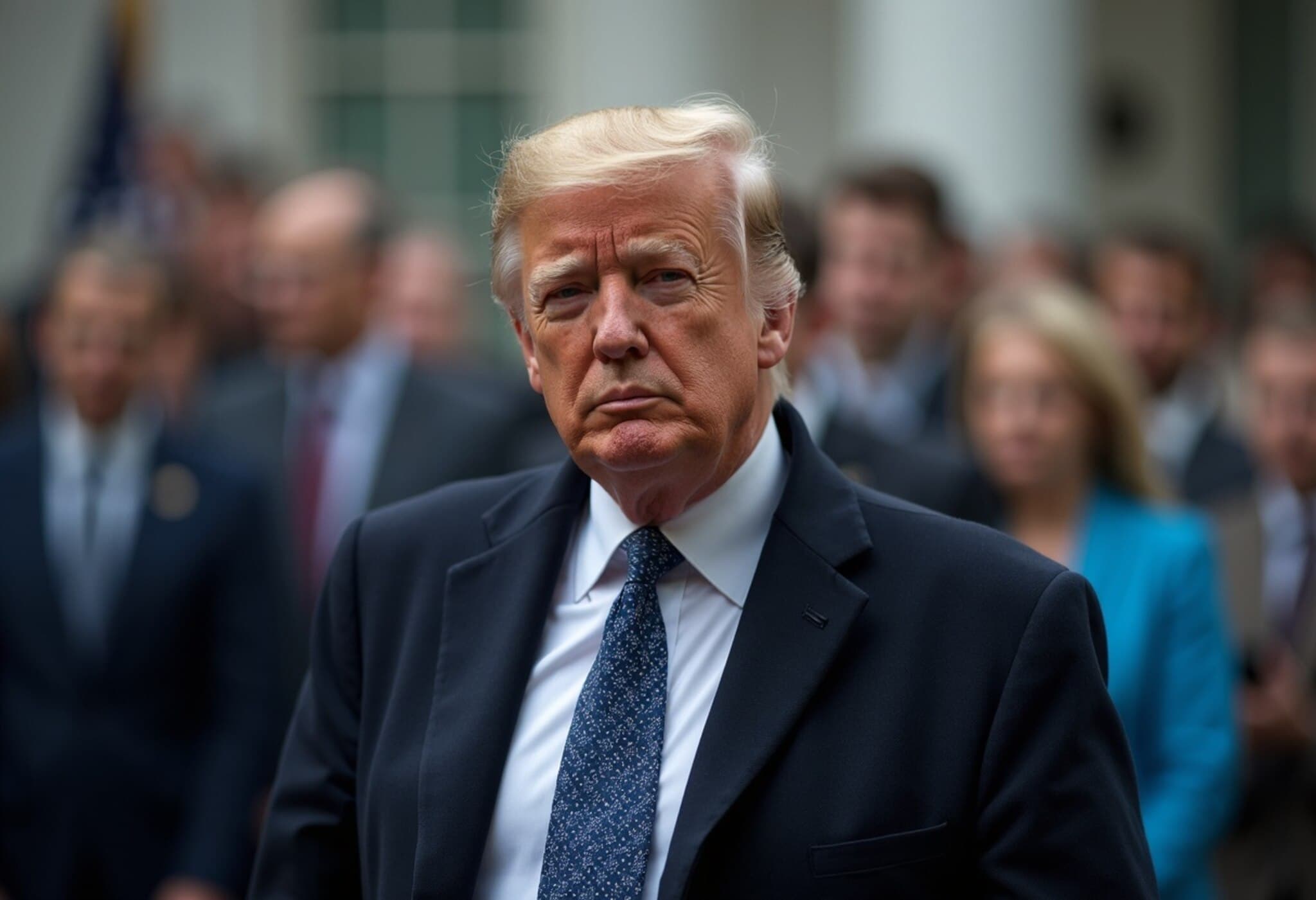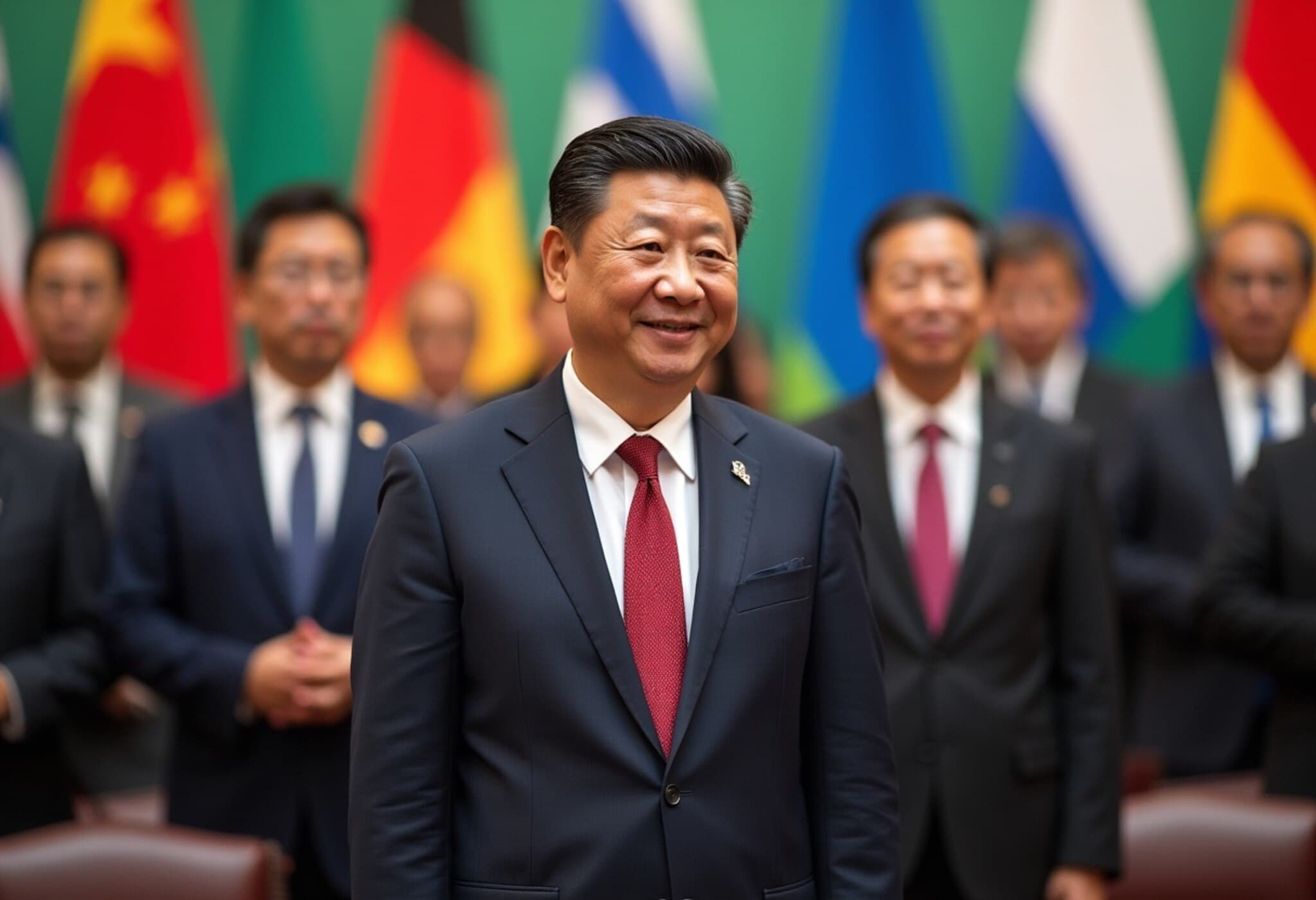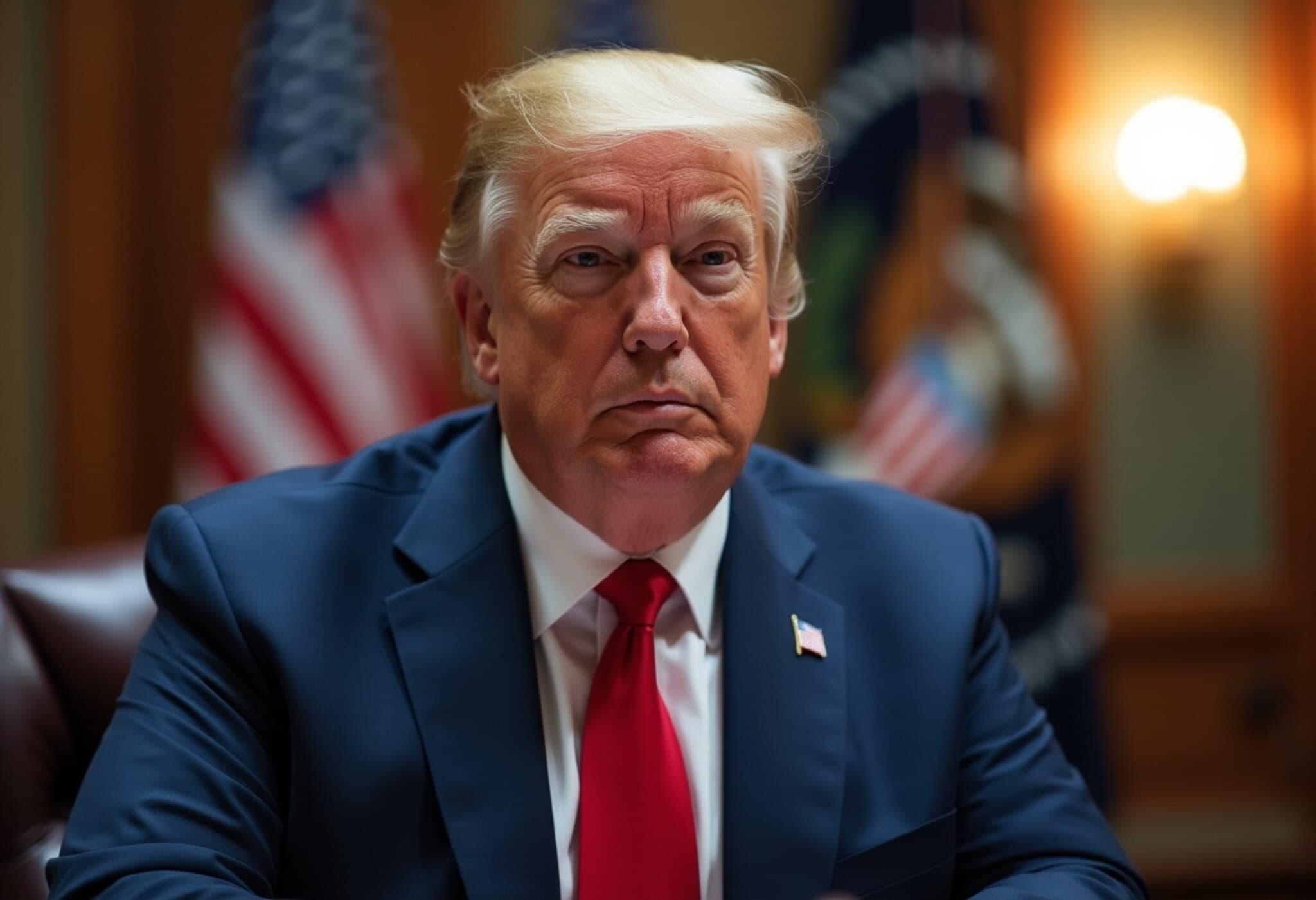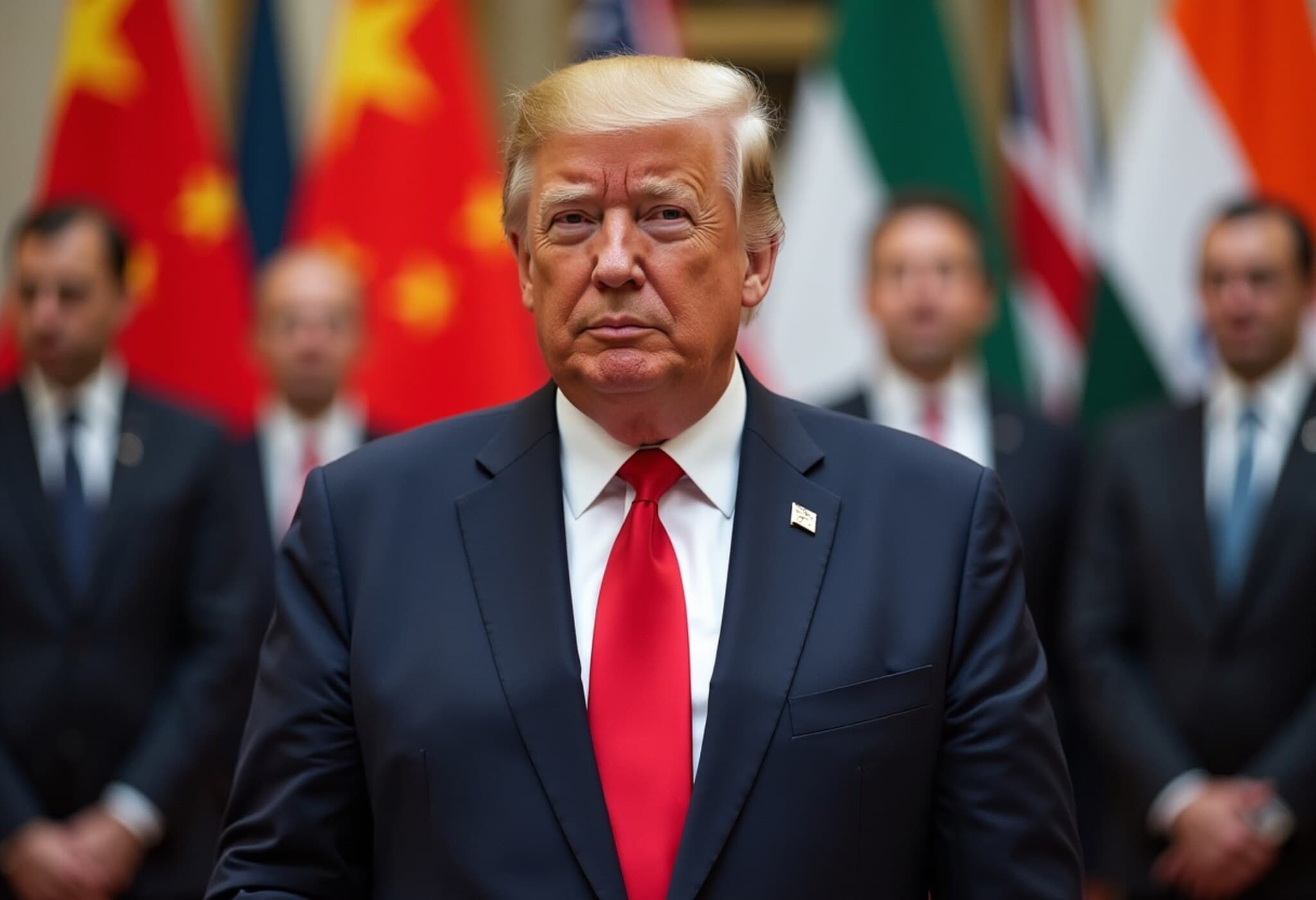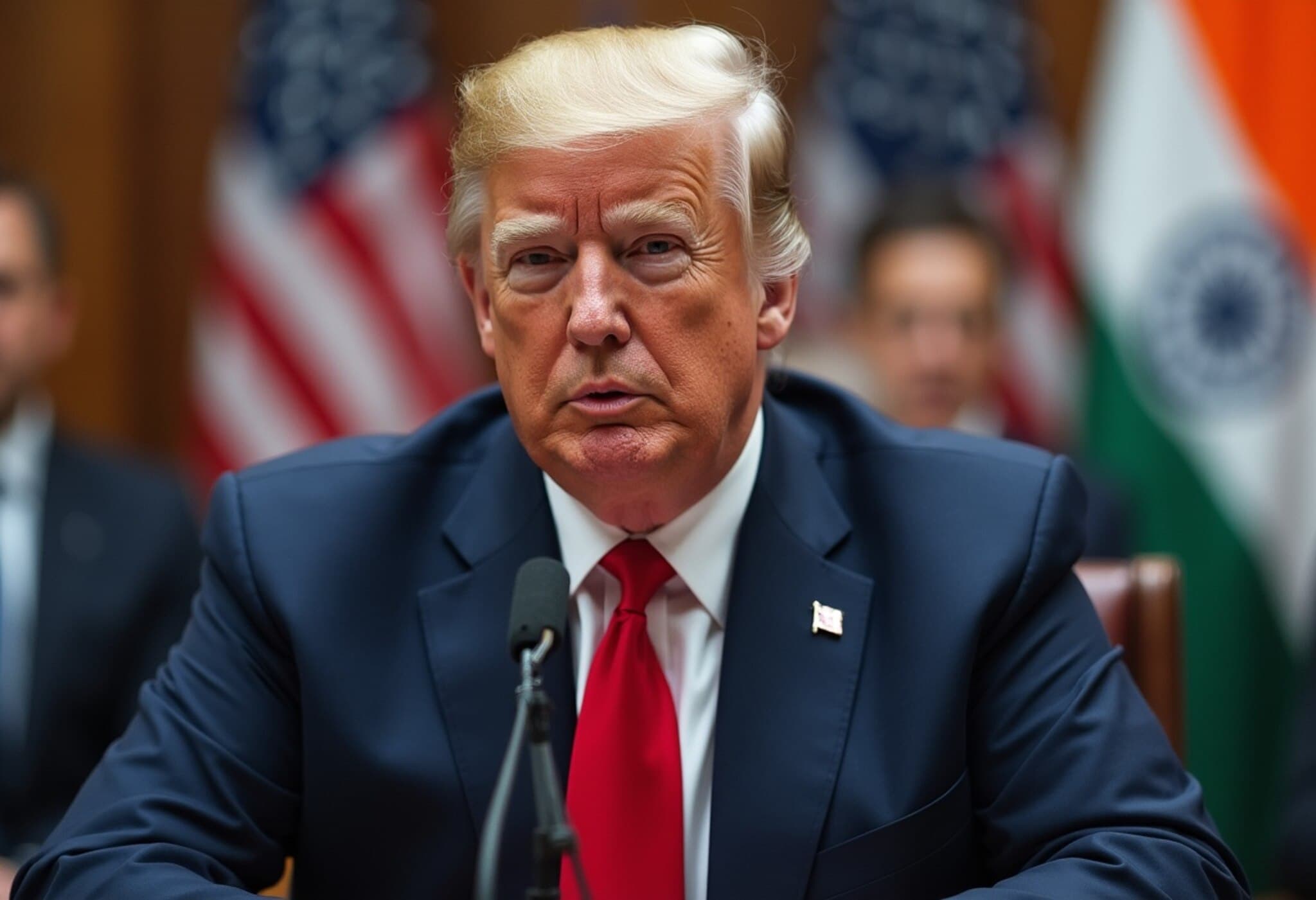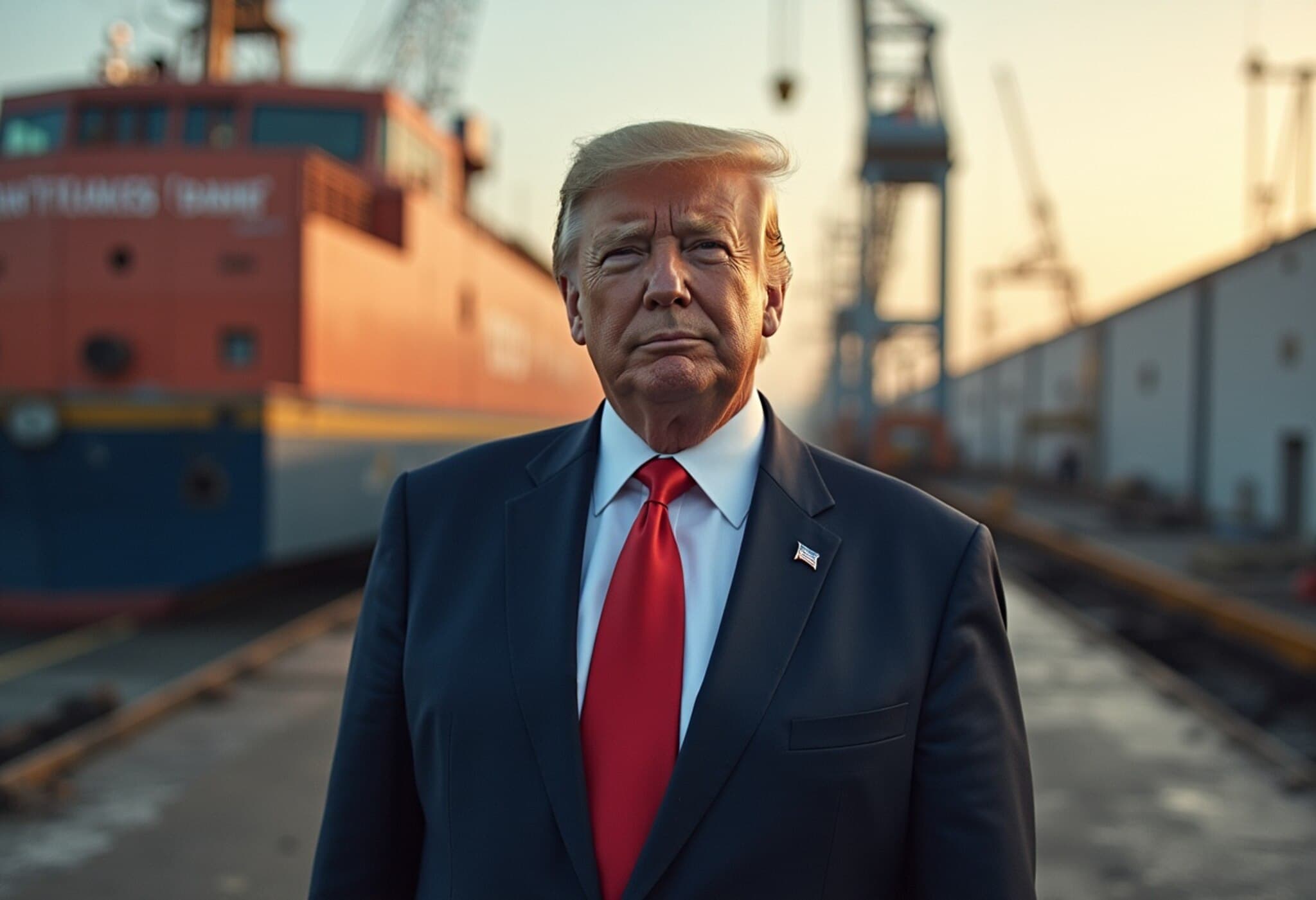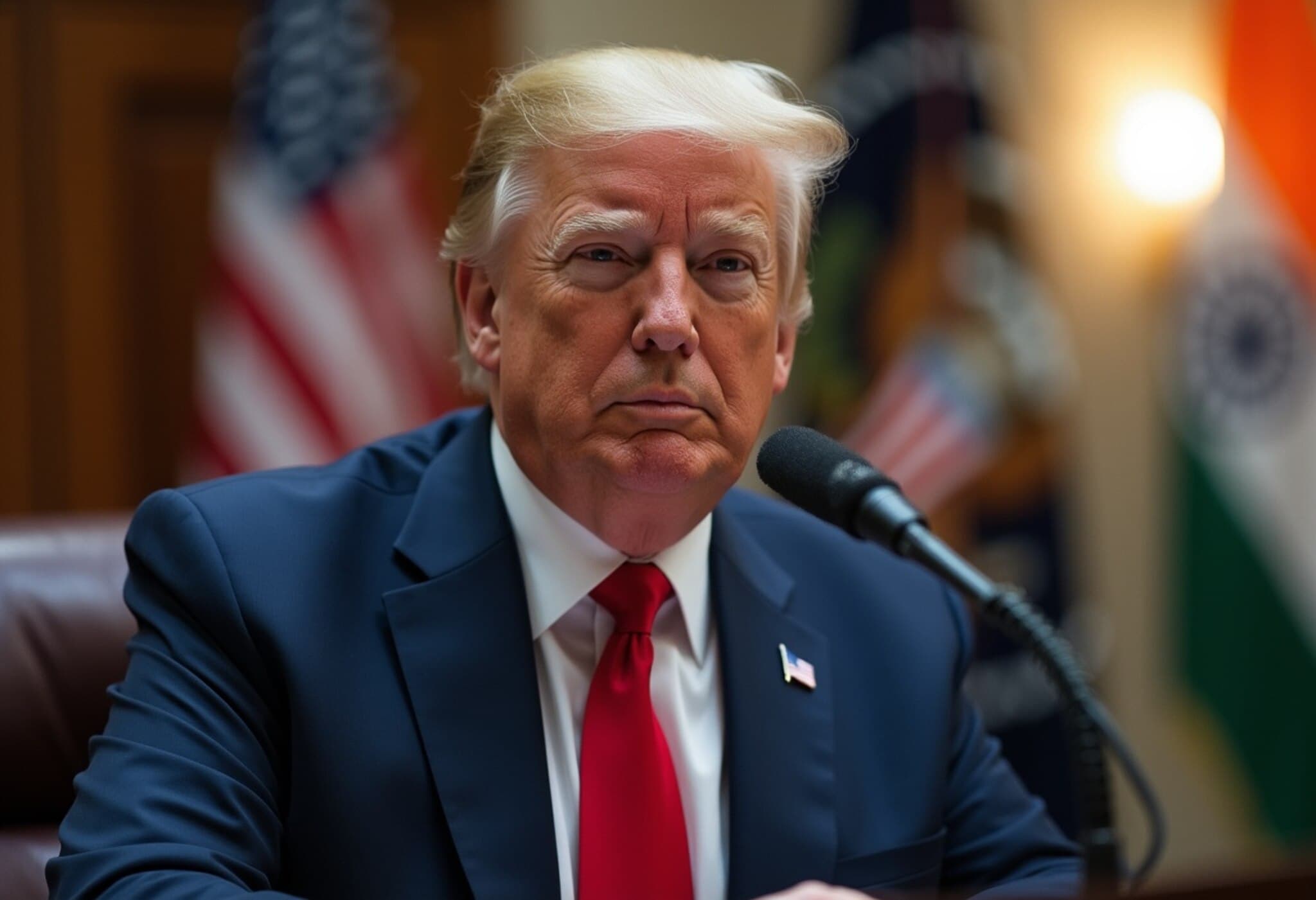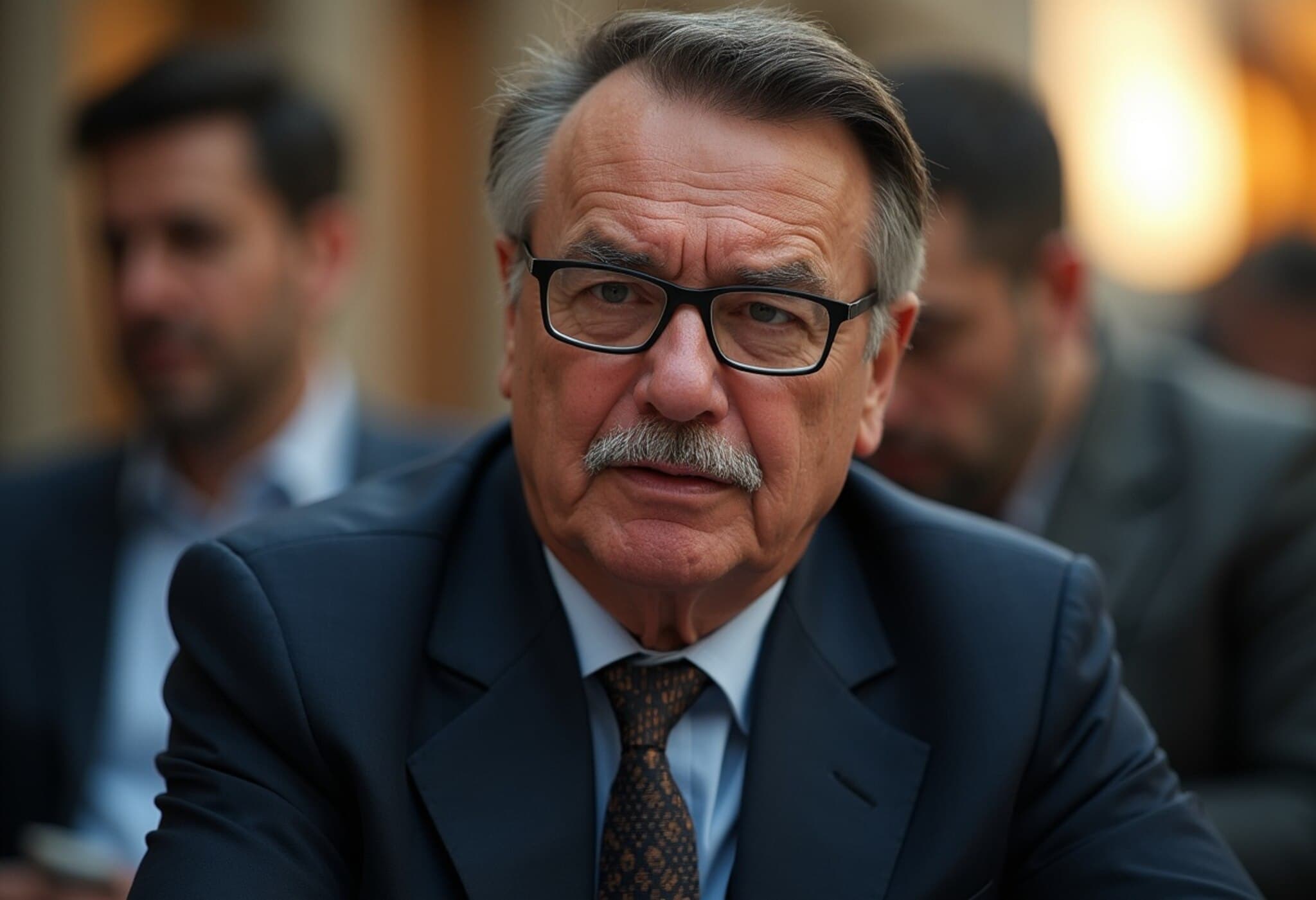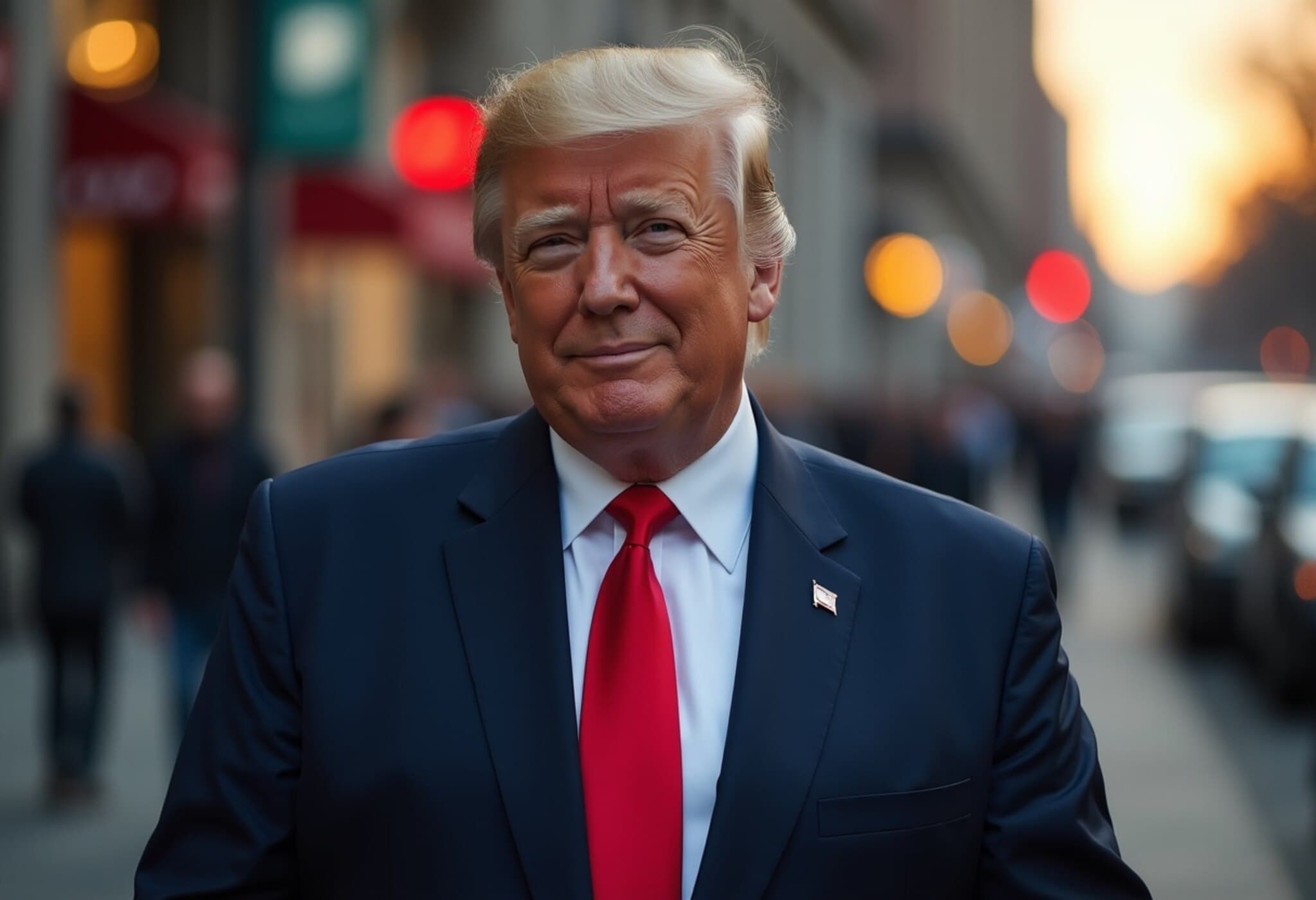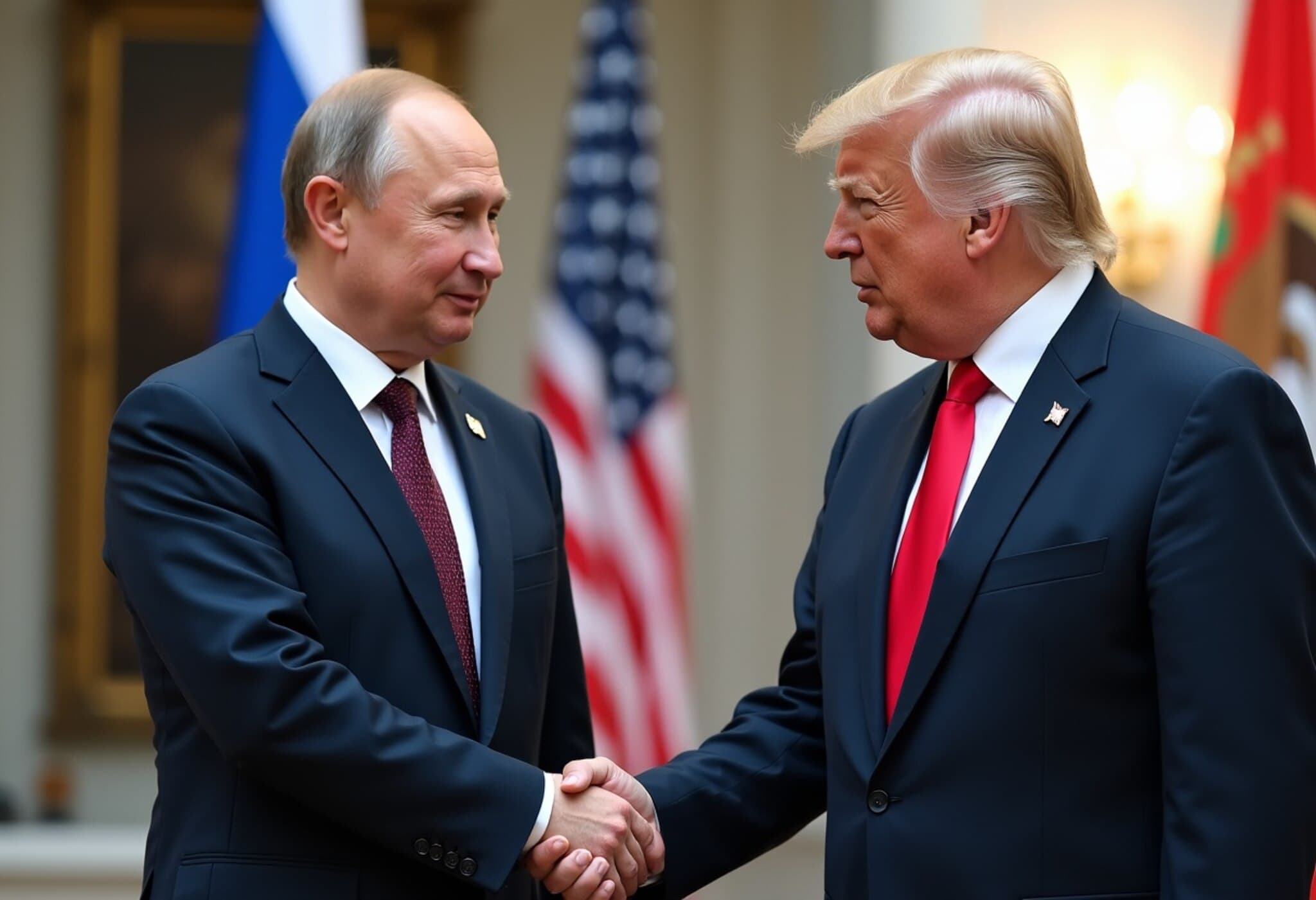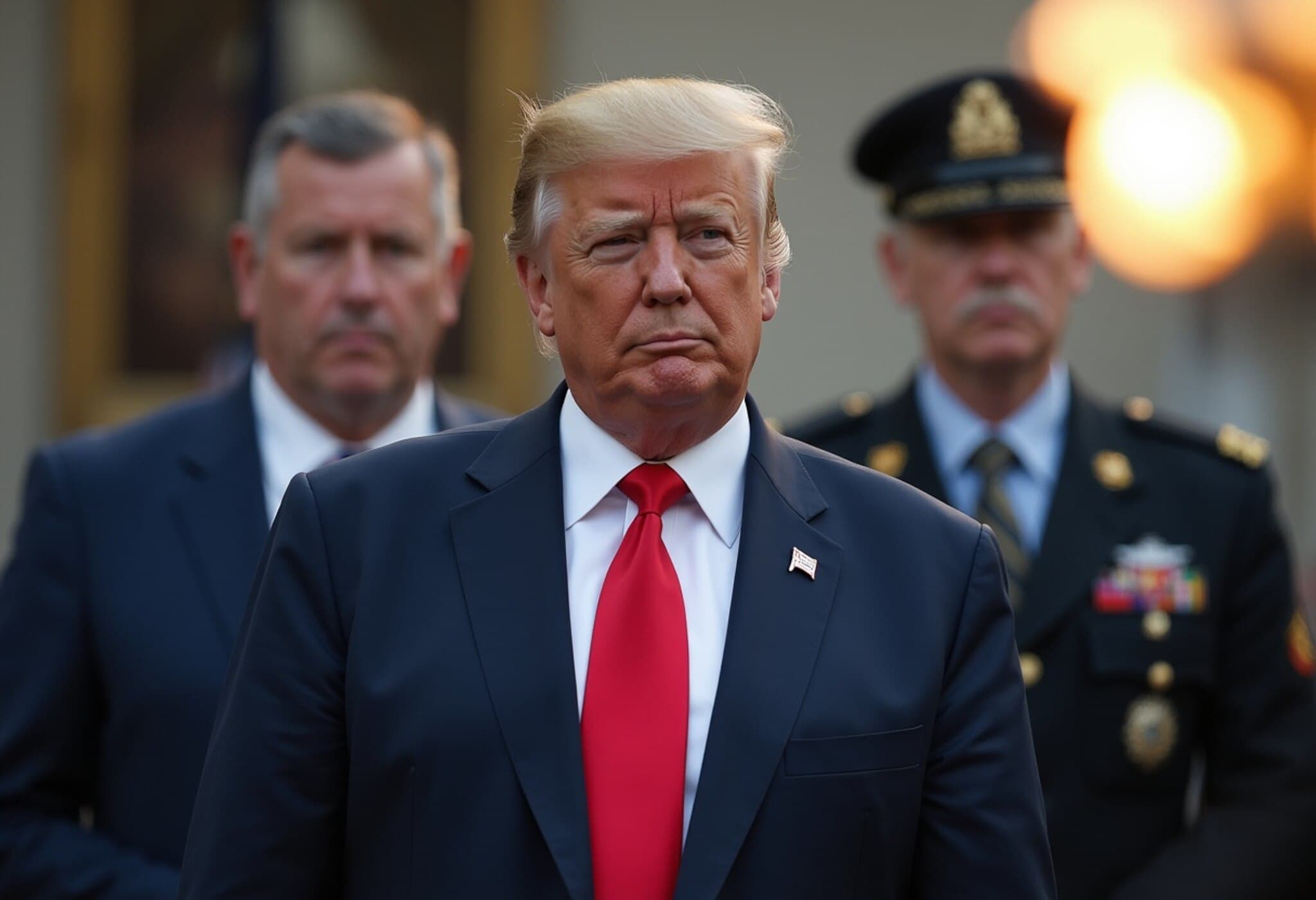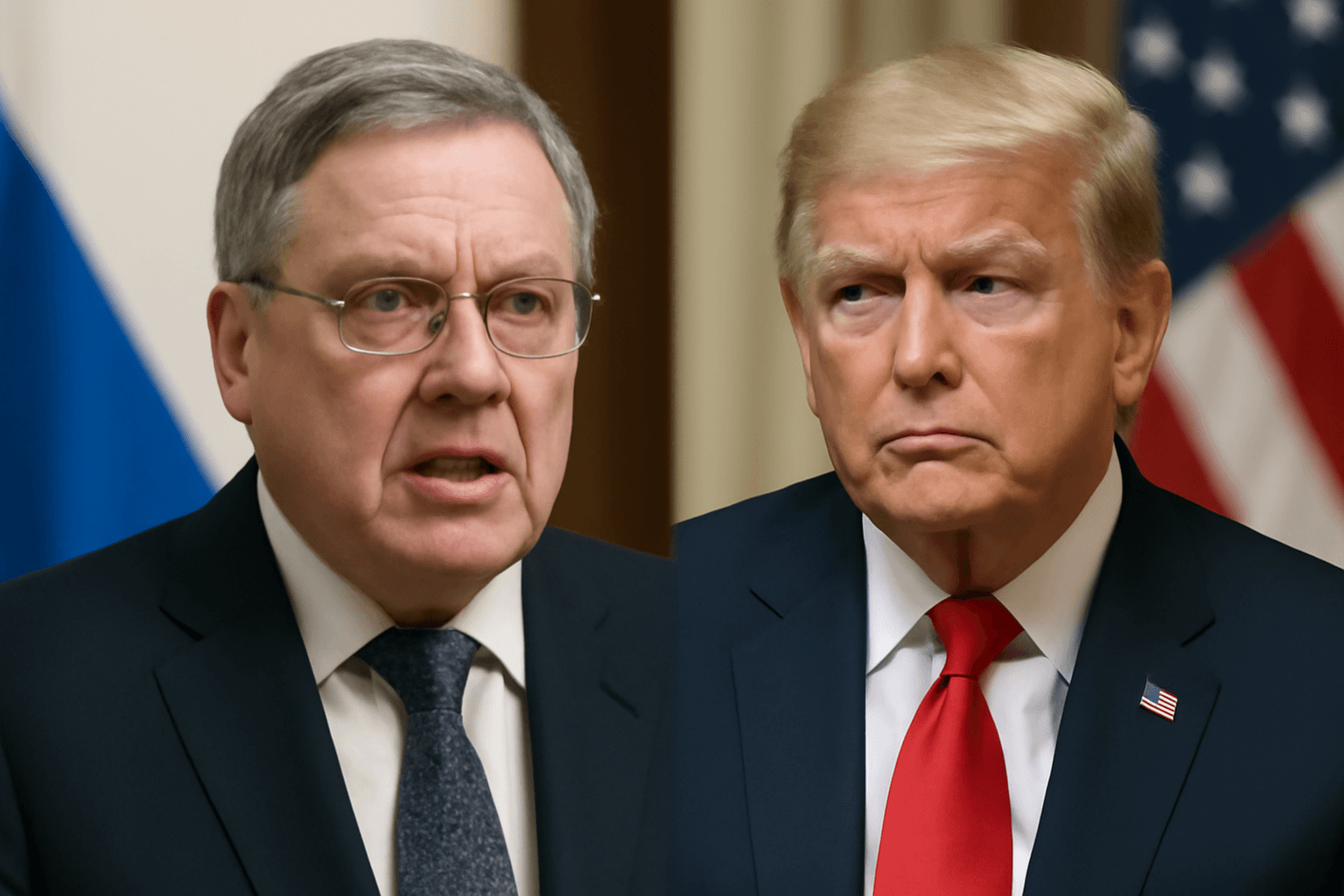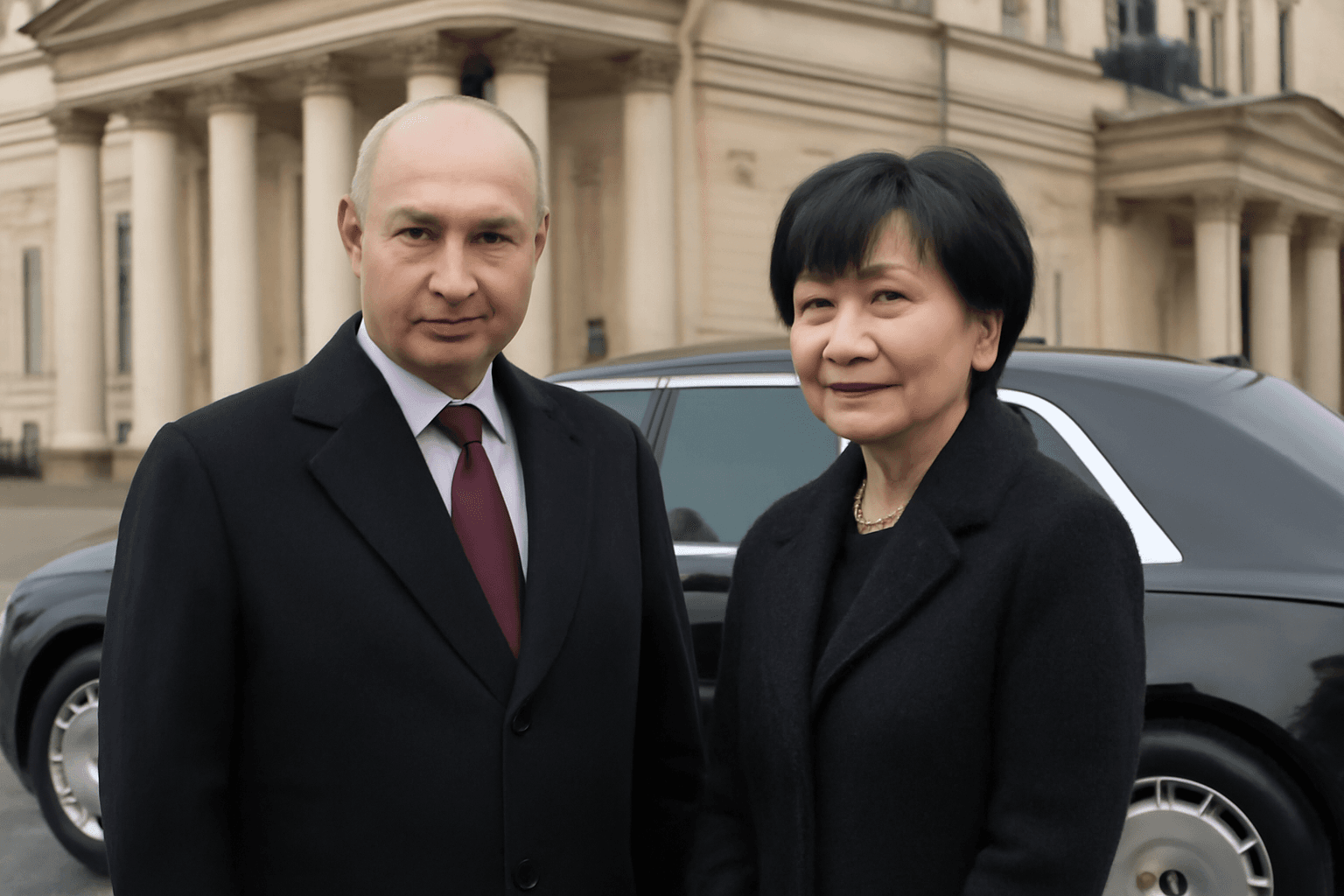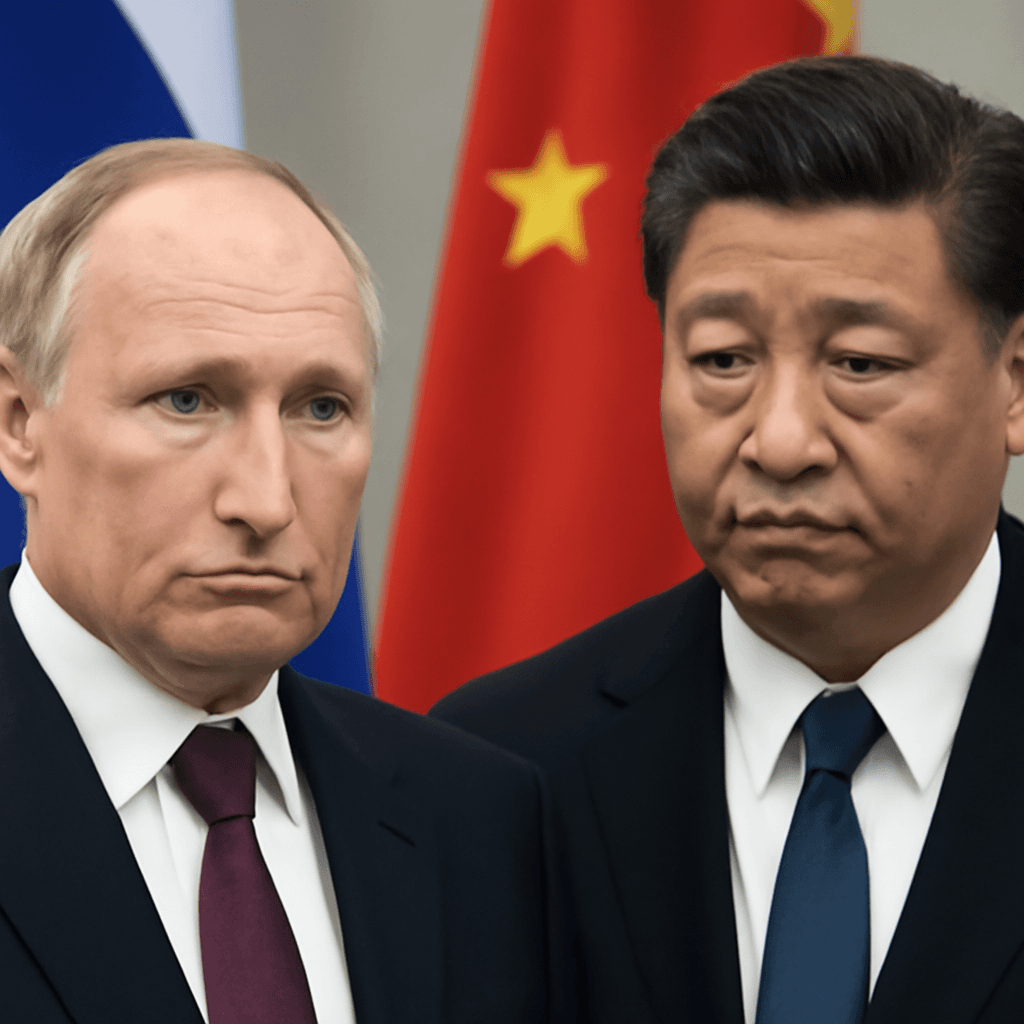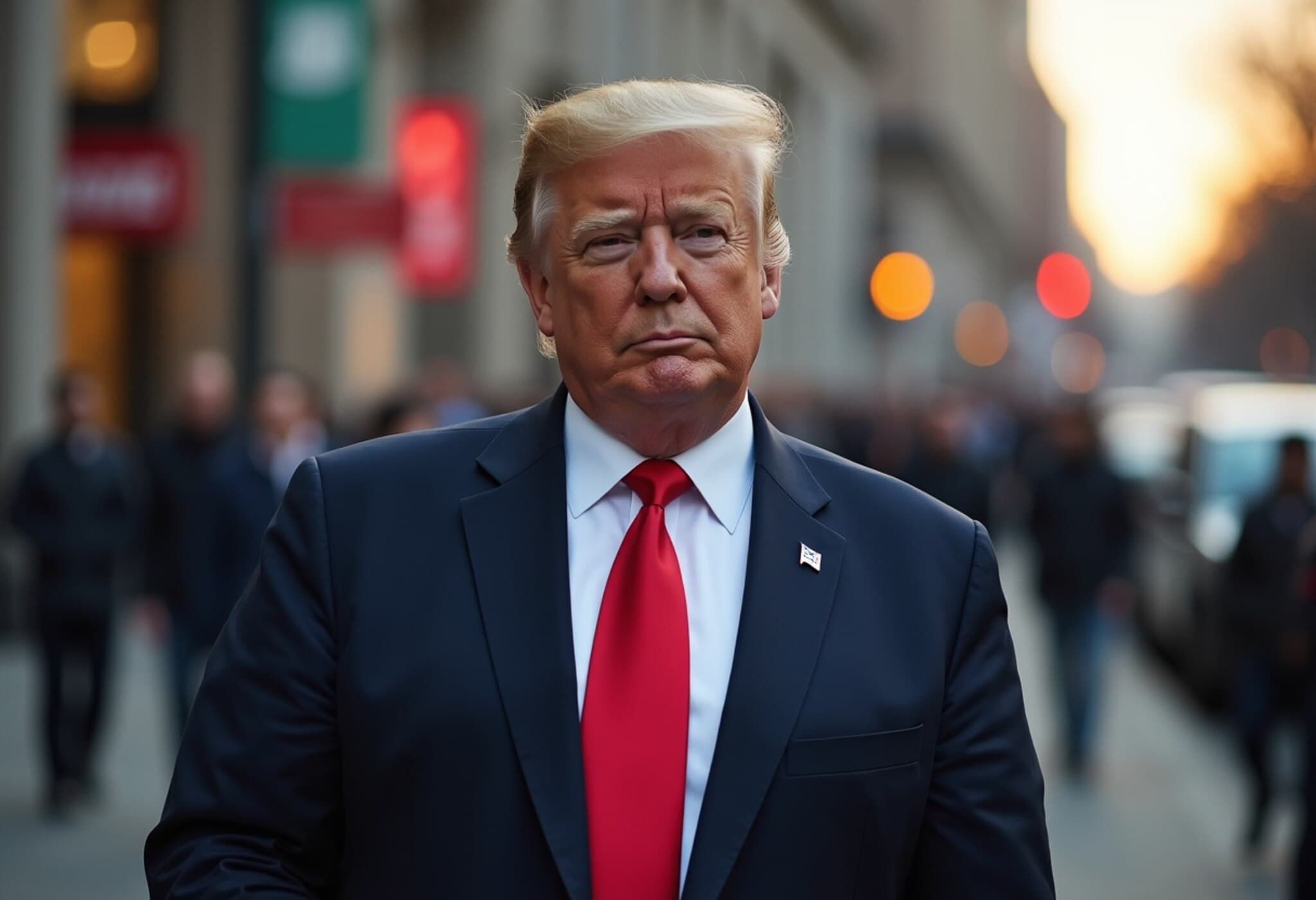Russia’s Response to Trump’s Tariff Threat: Calm Amid the Storm
On July 14, 2025, U.S. President Donald Trump announced a potential imposition of “very severe tariffs”—up to 100%—on Russian goods if Moscow failed to agree to a ceasefire in Ukraine within 50 days. Contrary to expectations that this announcement would shake Moscow, the Kremlin responded with measured caution rather than alarm.
Kremlin spokesperson Dmitry Peskov described Trump’s statements as "very serious," emphasizing that Russia would need time to fully analyze the implications. Yet, Russian financial markets reacted with a surprising dose of optimism. The Moscow Stock Exchange opened with a 2.7% gain the following day, while global oil prices dipped by more than $1 per barrel, signaling investor skepticism that Trump would follow through immediately on his threat.
Political Perspectives: Balancing Diplomatic Signals and Economic Realities
Inside Russia’s political corridors, opinions on Trump’s tariff announcement highlighted a mix of indifference and strategic calculation. Leonid Slutsky, a key nationalist figure, pointed out that Trump did not unveil any immediate sanctions or asset seizures, interpreting the move as an attempt to tread a fine line—supporting Ukraine with Western allies while avoiding direct confrontation with Moscow.
Simultaneously, Trump’s tariff announcement resonated strongly in Washington, dovetailing with legislative momentum. A bipartisan bill led by Senators Lindsey Graham (R-S.C.) and Richard Blumenthal (D-Conn) proposed a 500% tariff on countries purchasing Russian oil and gas. Their joint statement framed these tariffs as the “ultimate hammer” to pressure nations like China, India, and Brazil, which continue to financially bolster Russia’s war efforts.
Russian Officials Question US Tariff Effectiveness
Meanwhile, Russian Deputy Parliament Chairman Konstantin Kosachev dismissed the bill as impractical, highlighting the fluidity of political and military realities both on the battlefield and within Western governments over the coming 50-day window. Former President Dmitry Medvedev echoed this skepticism, labeling Trump’s warnings as "theatrical ultimatums” lacking substantive weight.
Global Economic Ramifications and Diplomatic Challenges
Trump’s threat of secondary tariffs — which would punish countries importing Russian goods — introduces significant risks to the fragile web of international trade.
- China and India: Major buyers of Russian crude oil, these countries have continued business ties with Moscow, indirectly funding Russia’s military operations. However, imposing steep tariffs could jeopardize ongoing U.S.-China trade negotiations and India’s pending trade deal with Washington.
- European Union: EU negotiator Maroš Šefčovič warned that a 30% tariff on European goods could severely disrupt transatlantic trade relations, which have traditionally fostered economic stability across the Atlantic.
Experts like Liu Baocheng from Beijing’s University of International Business and Economics caution that unilateral punitive trade measures, especially at this delicate diplomatic juncture, could backfire—deepening economic fragmentation and weakening international cooperation against broader geopolitical threats.
Expert Insight: The Limits of Tariff-Based Sanctions
Keir Giles, senior fellow at London’s Chatham House, notes that while tariffs can be powerful tools, they are unlikely to target Moscow effectively if they fail to directly impose costs on Russia itself. Instead, these measures may ultimately destabilize wider economic relationships and undermine efforts to form cohesive global responses.
Looking Ahead: A Complex Balancing Act
As the 50-day deadline approaches, both Russia and the international community face a complex balancing act—leveraging economic pressure without triggering unintended diplomatic fallout. Trump’s shift from past admiration of Vladimir Putin to a tougher stance signals a significant recalibration in U.S. policy, but the nuanced reactions reveal the limits of unilateral tariff threats in a deeply interconnected global economy.
Summary Box: Key Questions Moving Forward
- Will the 50-day tariff ultimatum effectively pressure Russia towards ceasefire negotiations, or merely harden Moscow’s resolve?
- How will secondary tariffs affect global trade dynamics, particularly between the U.S., China, India, and Europe?
- Can multilateral diplomatic efforts align to support targeted sanctions without fracturing international cooperation?
Editor’s Note: This evolving story highlights the intricate interplay of geopolitics, economic sanctions, and diplomacy. While harsh tariffs promise a powerful lever against aggression, their real-world effectiveness depends on the unity and strategic foresight of global actors. Observers should watch closely how these tensions influence not only the conflict in Ukraine but also the fragile architecture of international trade and security alliances.

